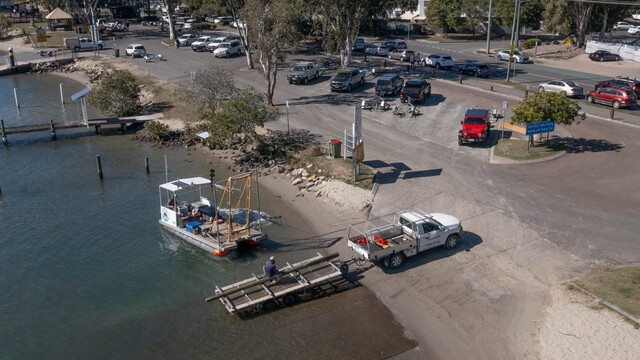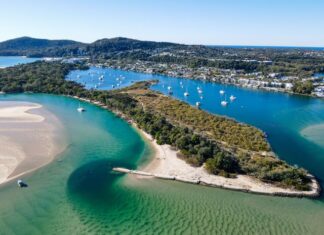This week marked a significant moment in Council—a full round of June meetings that brought into sharp focus what we achieved, where we fell short, and the direction we must now take. Among the many matters debated, none carried more weight, in my view, than the proposal to remove car parking near the Noosaville boat ramp.
It wasn’t just about infrastructure. It was about listening. I moved an amendment to retain all existing on-street car parking within the Noosaville Boat Ramp and Ely Park precinct, and to maintain the current pedestrian pathway alignment. It was, in essence, a line in the sand—an unequivocal message to our community: you have been heard. Only Cr Phillips supported it. But even in defeat, the amendment mattered. Because sometimes, a vote is more than a procedural motion—it’s a statement of values.
The current draft of the Noosaville Foreshore Infrastructure Plan proposes removing 10 car parks—critical overflow spaces for boat trailers—and replacing them with scooter and motorcycle parking. In my view, this is a solution in search of a problem.
I said clearly in the chamber: removing these spaces will push trailer parking into Mary Street, George Street and nearby residential areas, increasing congestion, creating access issues, and heightening safety risks. It undermines a well-functioning, much-loved precinct without compelling evidence or a clear community mandate.
Expecting a 75-year-old with mobility challenges, or a young family with prams and beach gear, to park 500 metres away and walk to the foreshore does not reflect the reality of how this space is used. Nor does asking local boaties to compete for shrinking space at what has always been their main access point to the river.
There has been no pedestrian congestion study. No audit of pathway use. No accessibility analysis showing the existing 2.8-metre footpath is inadequate. In fact, the current path already meets national and state standards. It is safe, accessible, and well used. The proposal to widen it seems disconnected from the practical needs of the area.
We already have bike and scooter parking to the east and west of the boat ramp—and much of it sits underutilised. So why remove essential vehicle parking for modes of transport that are not in high demand? More importantly, why dismiss the repeated and consistent feedback from the very people who use this space every day?
Boaties, families, and fishers are not niche stakeholders. They are the lifeblood of the Noosaville foreshore. Their rhythms, routines and needs shape this place. And they have made themselves abundantly clear: leave the parking alone.
To be clear—I support the broader goals of the foreshore plan. It’s time to move forward. We’ve had enough workshops, consultants, and delays. And we’ve spent enough. But that progress must be grounded in respect for those who’ve engaged in good faith over years to help shape this vision. It must reflect how the foreshore is actually used—not just how it looks on paper.
We listened when it came to the tennis courts—they’re staying. We worked collaboratively with the Massoud Slipway operator. But when it came to the boat ramp, somehow, the voices of some in our community were drowned out. My vote against the plan wasn’t about resisting progress—it was about ensuring those voices weren’t lost in the final version.
This is not just a design issue—it’s a question of priorities. Noosa isn’t an urban precinct chasing slick upgrades. It’s a community deeply connected to place, to the river, and to each other. Our planning should enhance access—not restrict it. Our designs should serve real people—not abstract ideals.
Two key lessons have stood out to me through this process.
First, we must bring the community on the journey from day one—not after the plans are drafted, but from the moment ideas begin to take shape.
Second, we need a bigger, more honest conversation about car parking and transport in Noosa. If we want to shift away from car dependence, we need real alternatives in place. Asking elderly residents or young families to walk long distances, or asking local boaties to compete for fewer and fewer trailer parks, is simply not realistic.
This is my opinion—and I fully accept the decision of the majority (5:2). But my vote was cast to ensure the concerns around access, functionality, and fairness—particularly from those who live and breathe this place—were not overlooked.







